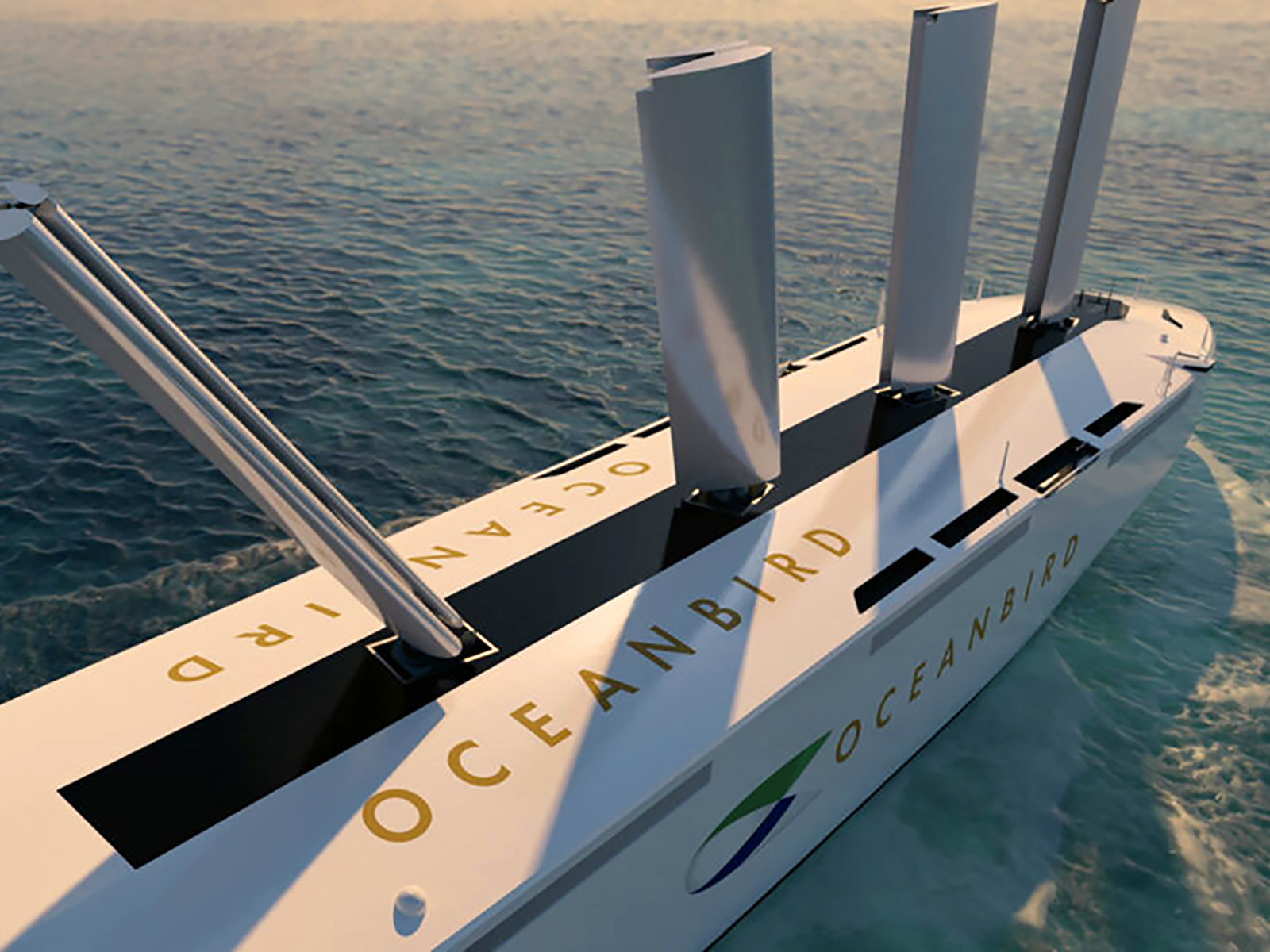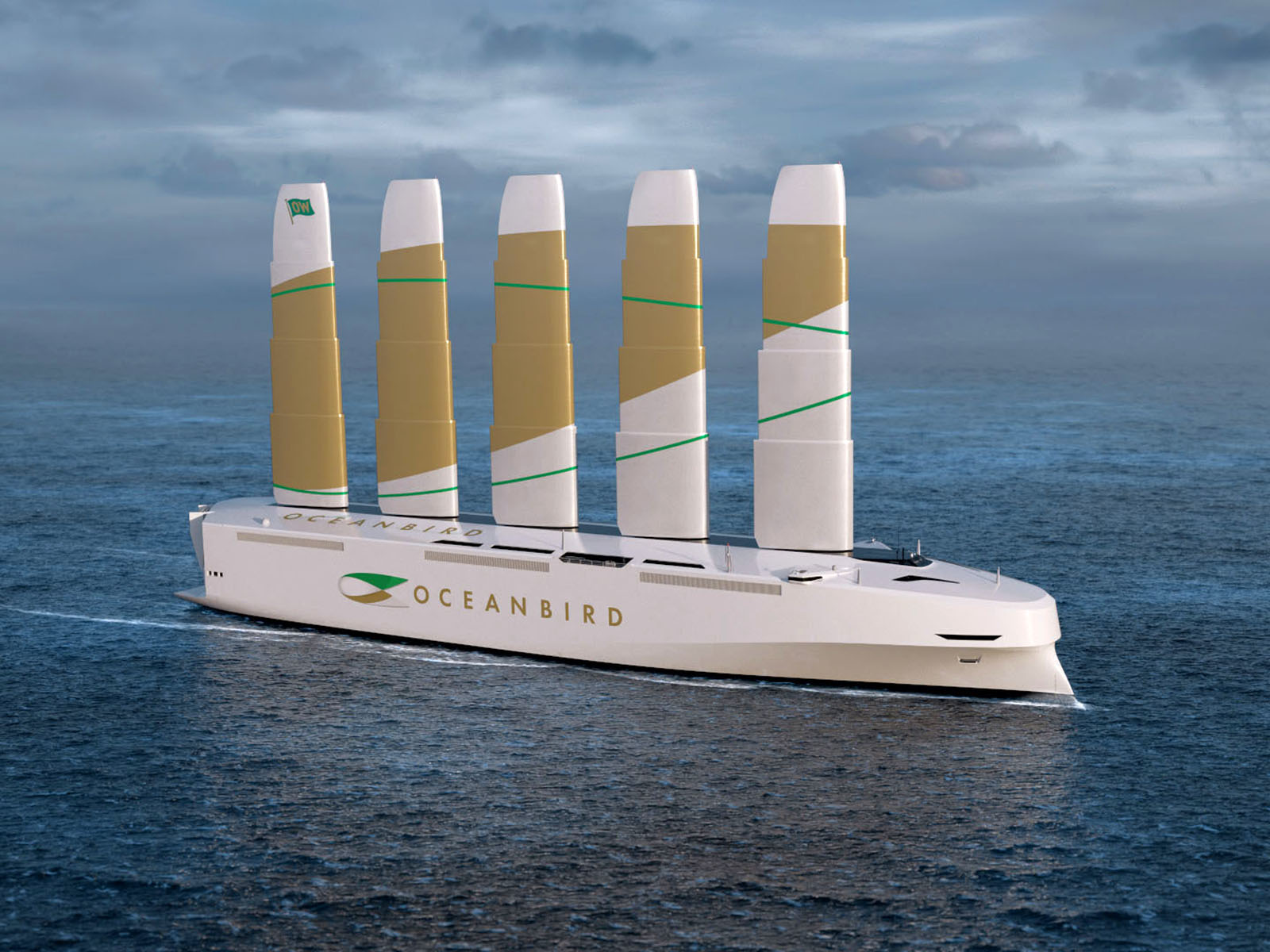Read Istanbul's History from the Fish's Perspective
The world's first wind-powered transatlantic launches in 2026. This also points out a revolution in carbon emissions.
Developed by Wallenius Marine and designed by KTH Royal Institute of Technology and Swedish maritime technology company SSPA, Oceanbird will be the first wind-powered transatlantic in maritime history. The rigging of the ship, which will be equipped with five telescopic wing sails that can rotate 360 degrees, will be made of steel and composite materials. The first version of the ship, which is designed to be 200 m long, has 80 m high masts, making it the tallest ship in the world at the same time.
Oceanbird's most revolutionary feature is that it offers a brand new alternative to fossil fuel-powered cargo ships. It is known that long-haul sea transport is responsible for 3% of the world's carbon emissions. This figure is even more than air transport! If the situation continues like this, it is estimated that sector emissions will increase by 50% to 250% by 2050.

Oceanbird, which is completely powered by wind energy, reduces its carbon emissions by 90%. Each wing saves about half a million liters (3 thousand barrels) of oil per year. Since it works much quieter than normal cargo ships, it does much less harm to marine mammals that find their way and food with a sound like whales.
The first Oceanbird, designed for automobile transport, will have a capacity of 7 thousand vehicles and be able to make the transatlantic crossing, which currently takes an average of 8 days, in 12 days. Proving that it is possible to trade ships with almost completely green energy, the ship's design concept can also be integrated into existing cargo ships.
The first Oceanbird is on stream in 2026. Thus, a dream becomes a reality in maritime transport.
Photographs: Wallennius Marine


